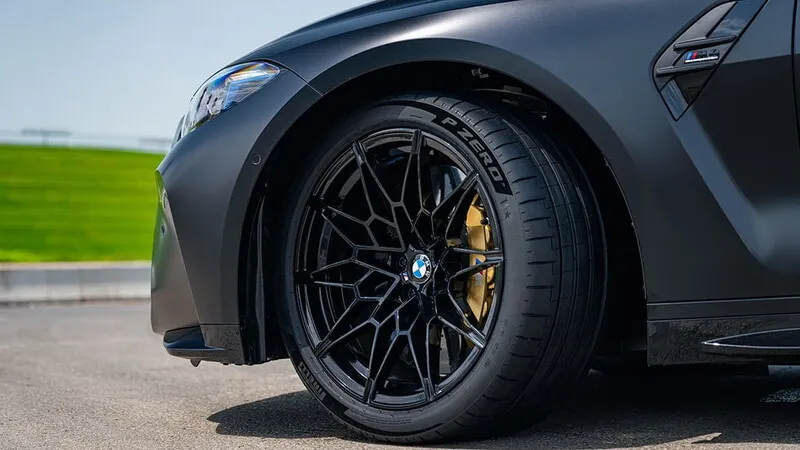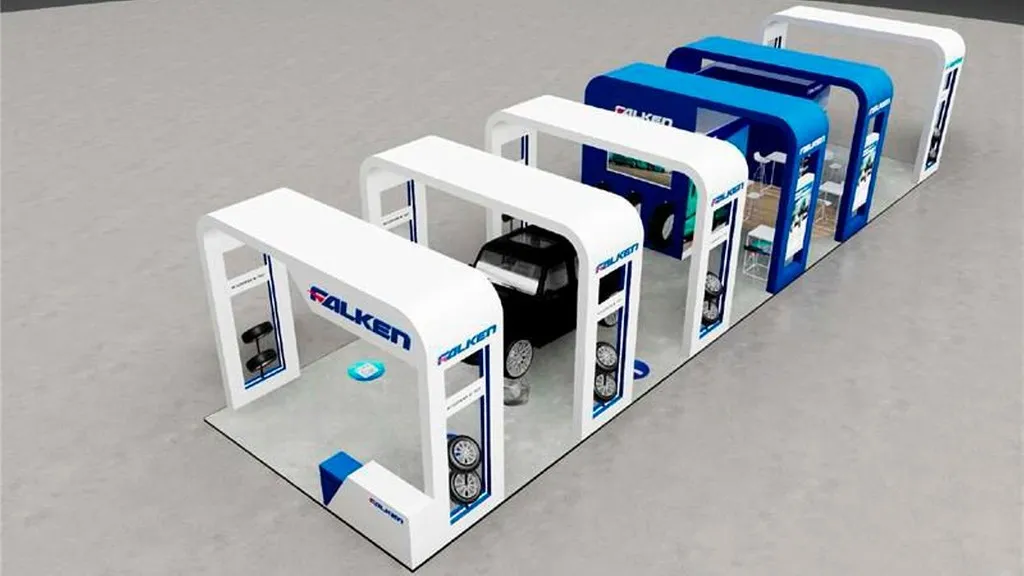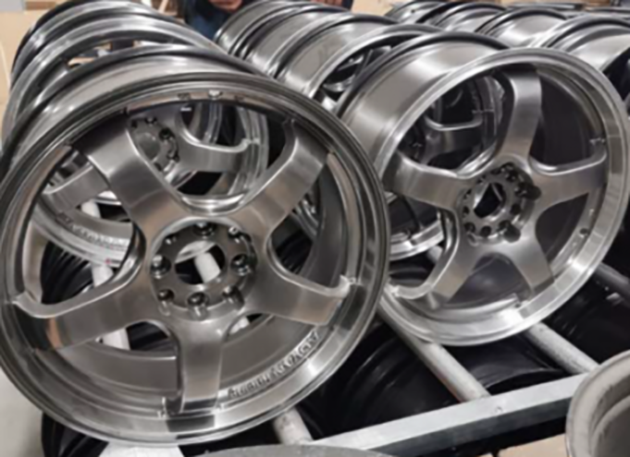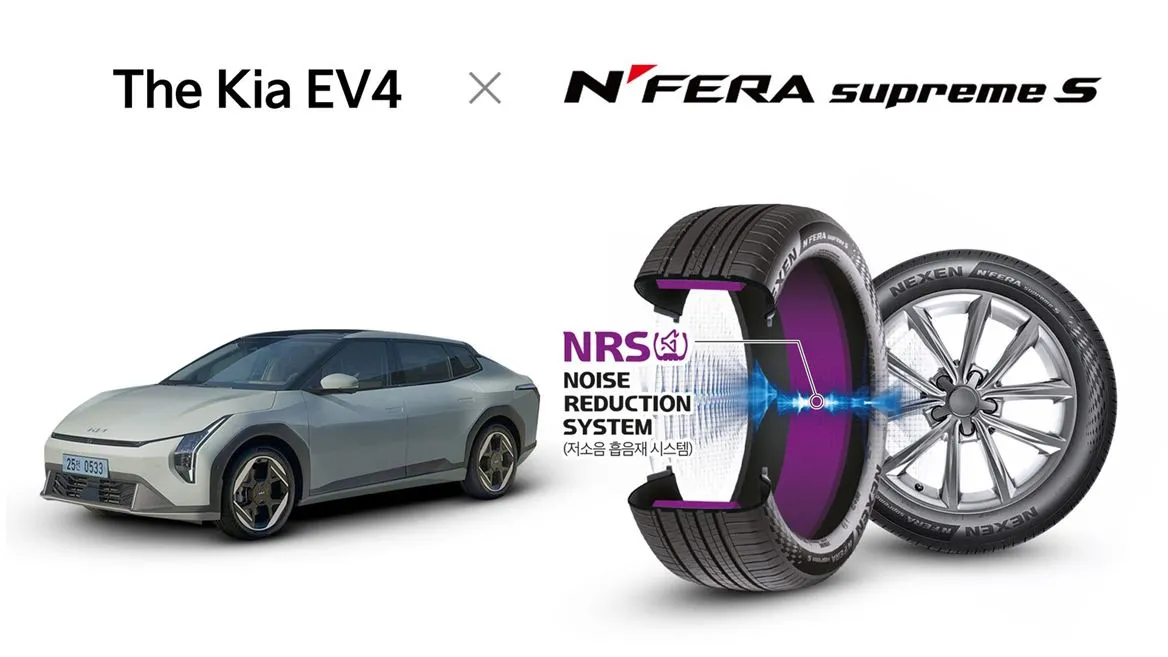For a vehicle to steer straight and handle safely, wheel alignment needs to be within certain specifications. When a vehicle is in the service bay, technicians need to take the time to make sure the vehicle still has the proper toe, camber and caster angle settings. In addition to handling and safety issues, a properly aligned vehicle would extend the life of the tyres.
Newera Equipment Unveils Alignment Shims – Convenient Correction for Front or Rear Wheels
Unfortunately, not all of the vehicles are easy to align. According to one alignment equipment manufacturer, 32 per cent of vehicle...
Newera Equipment Unveils Alignment Shims – Convenient Correction for Front or Rear Wheels
Unfortunately, not all of the vehicles are easy to align. According to one alignment equipment manufacturer, 32 per cent of vehicle...







